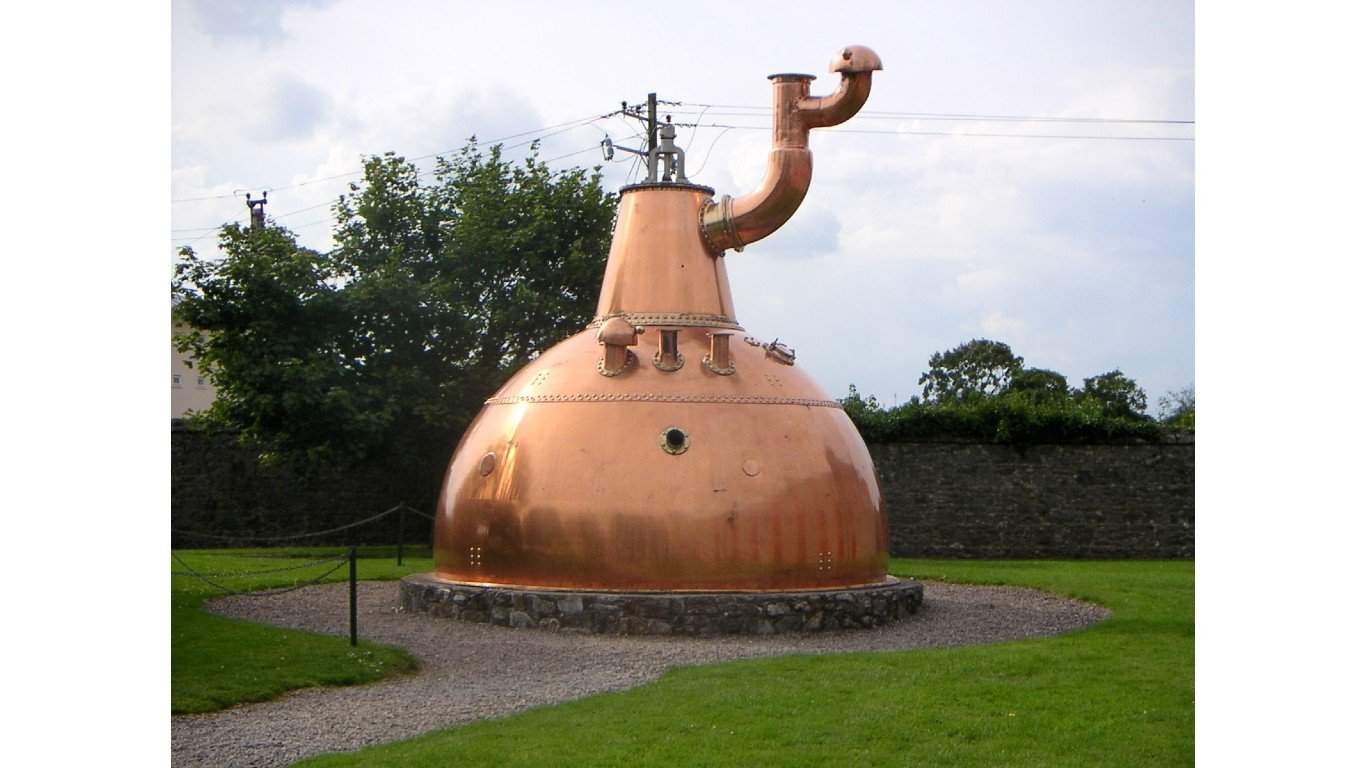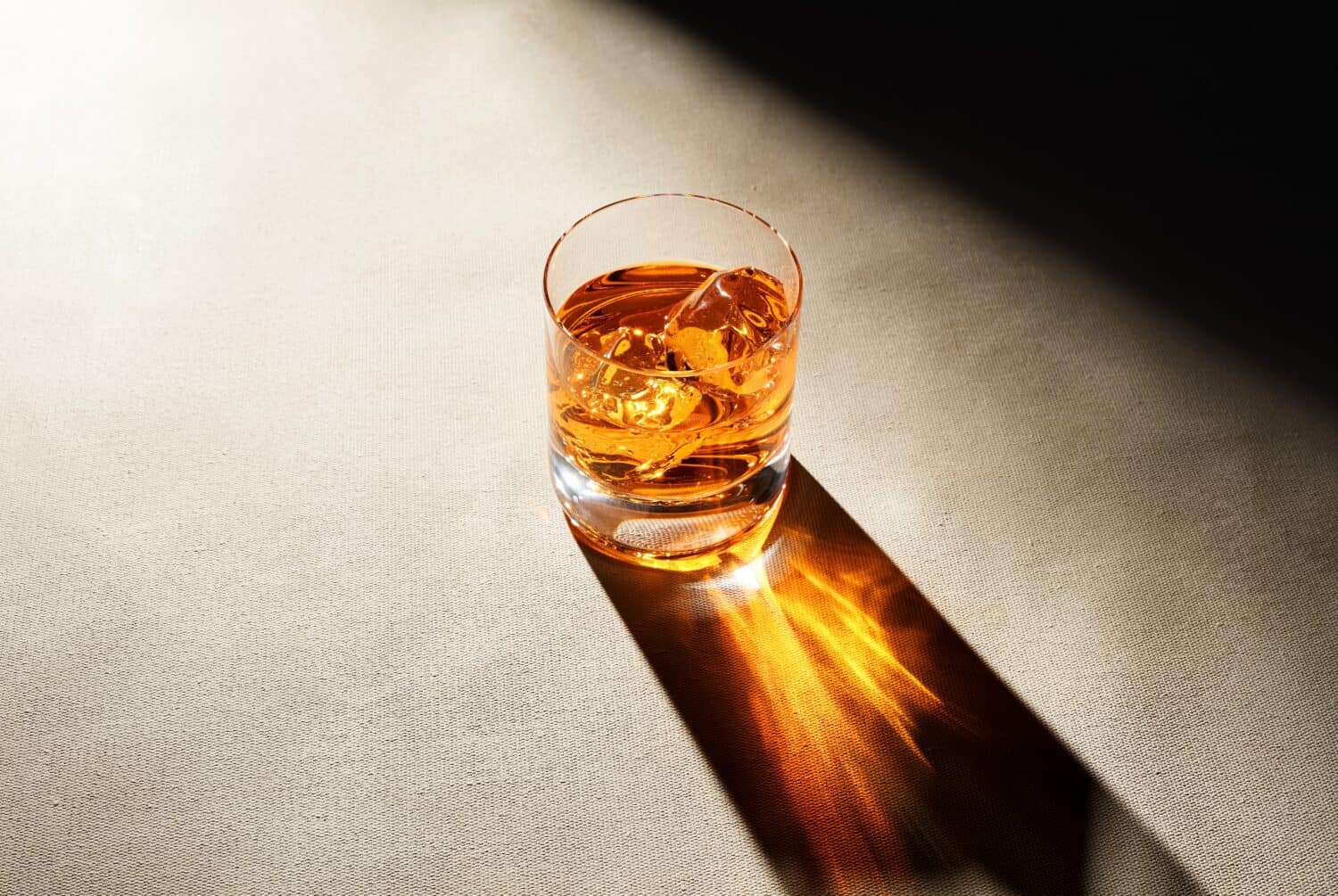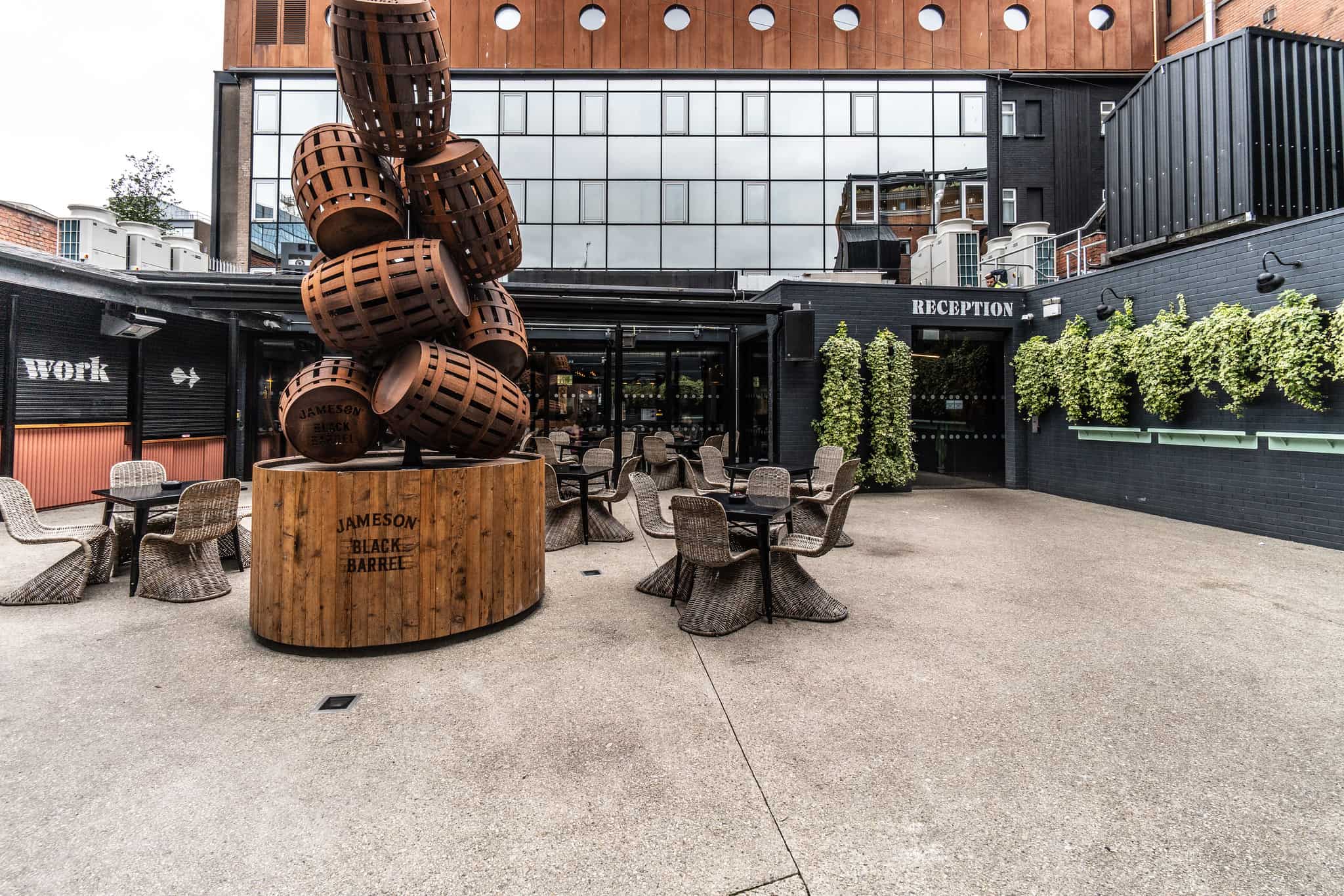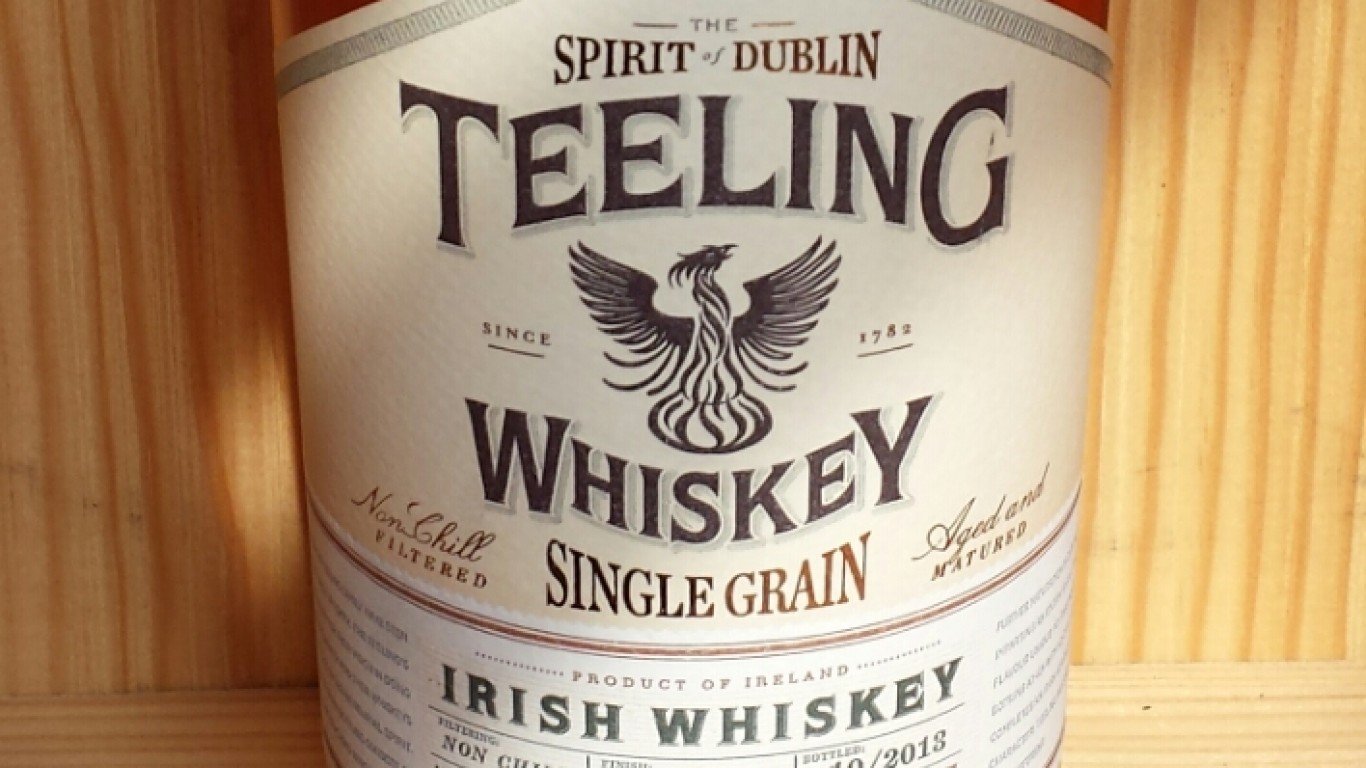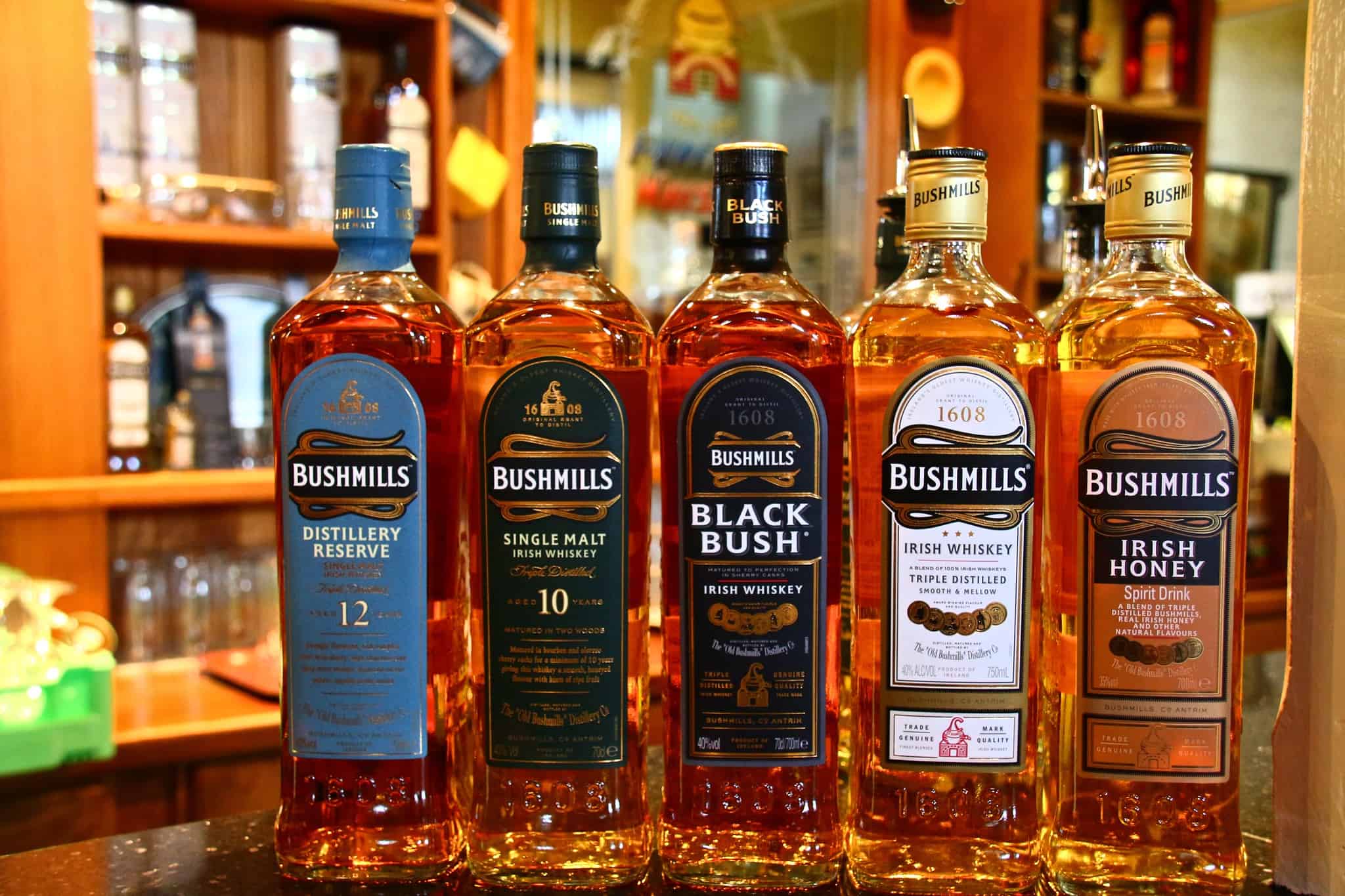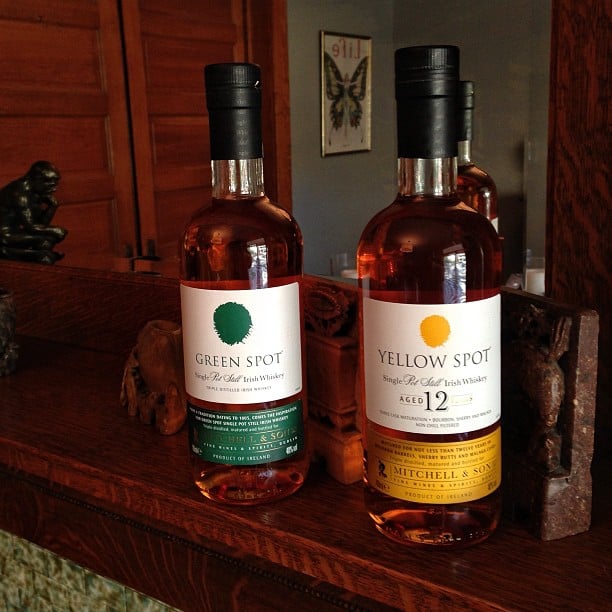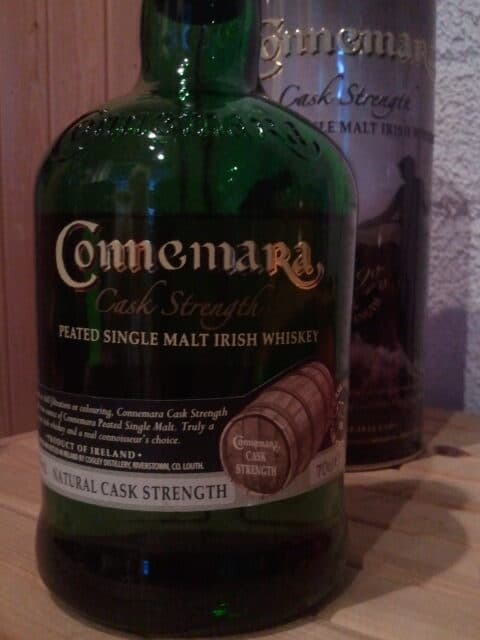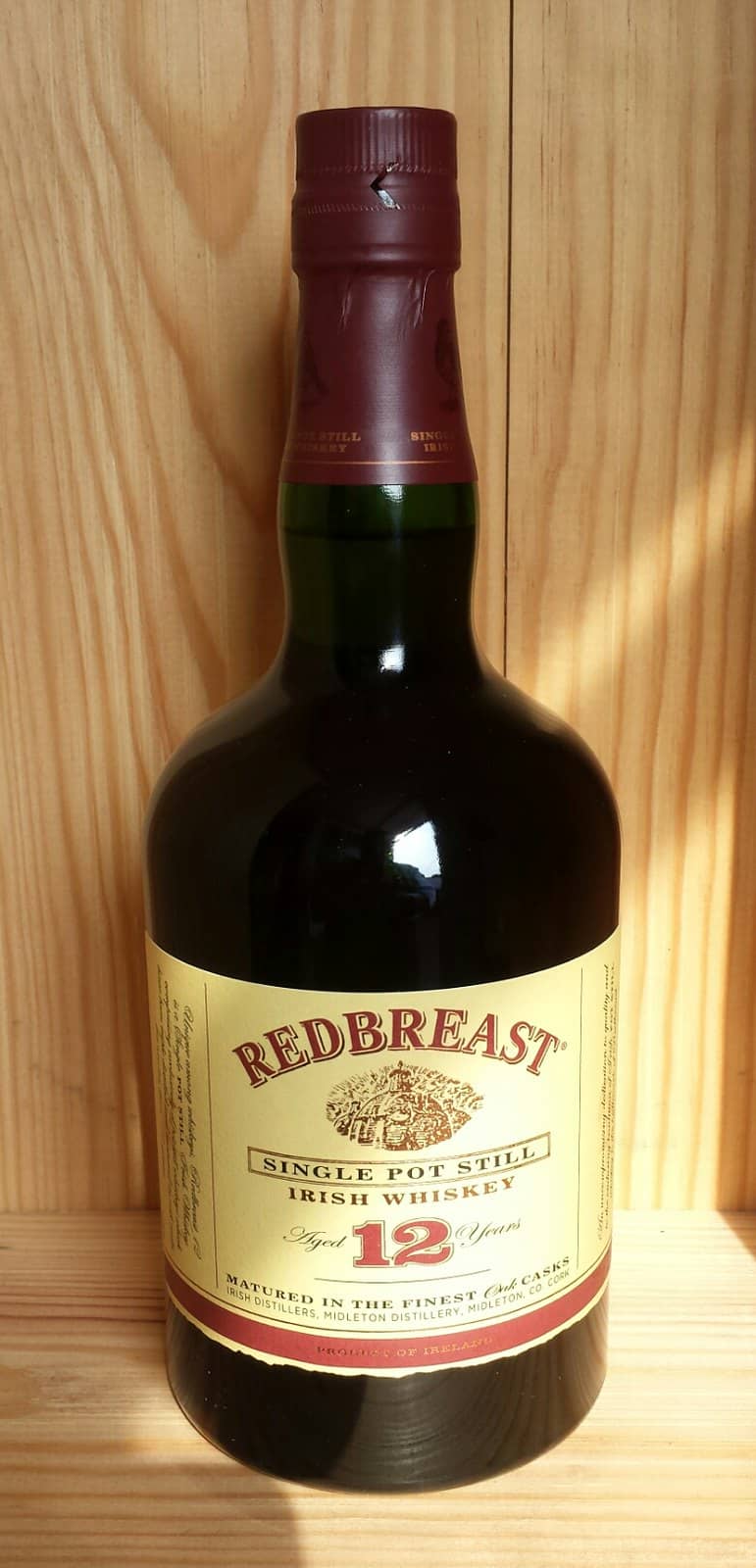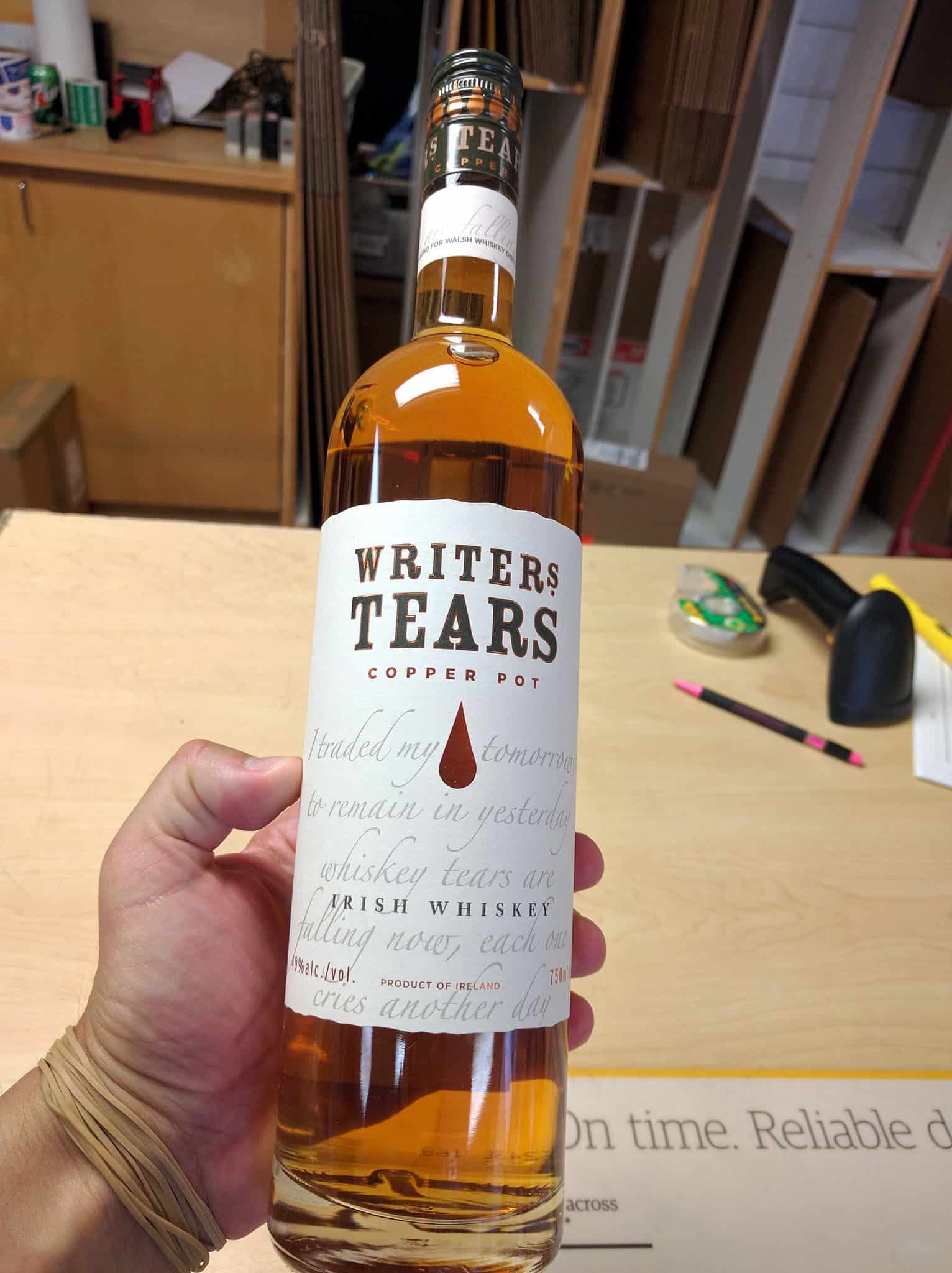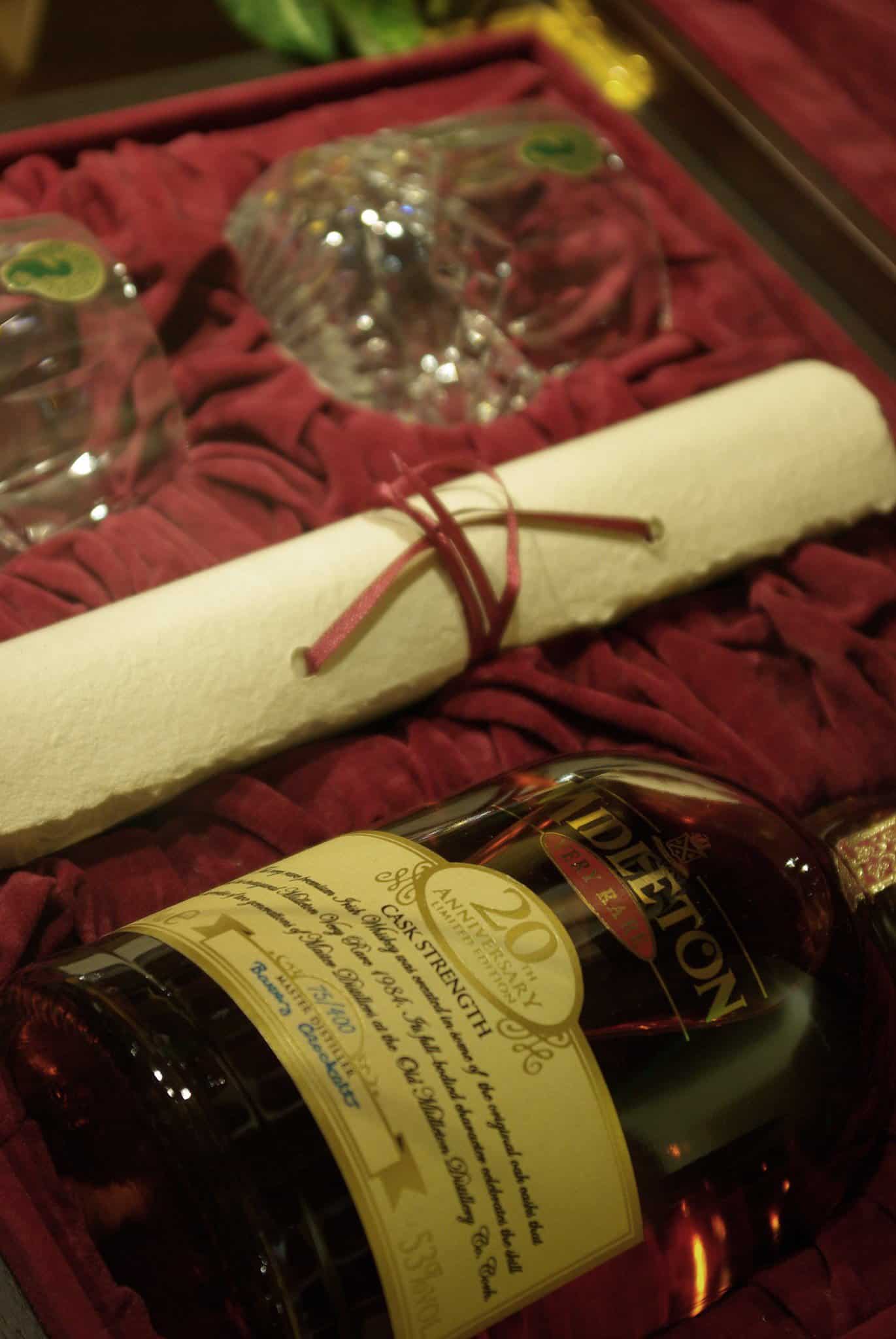The Irish, and probably specifically Irish monks, almost certainly invented whiskey — which is a spirit distilled from barley and other grains, usually aged in wooden casks. The term itself comes from the Gaelic “uisce beatha,” which means “water of life” (the Scandinavian “akvavit” or “aquavit” and the French “eau-de-vie” mean the same thing) — a name the spirit was given because it was originally used for medicinal purposes.
The earliest recorded reference to this special “water” comes from Ireland in 1405 — 90 years before it was first mentioned in Scotland. (For reasons lost to time, the spirit’s modern name is spelled “whiskey” in Ireland and the U.S. and “whisky” in Scotland.)
In the 19th century, Irish whiskey was the most popular liquor in the world, but after Prohibition, and with the rise of Scotch whisky, its prominence faded. Ireland once had hundreds of distilleries, both licensed and otherwise, but by the 1970s, only two (legal ones) remained — Bushmills in Northern Ireland and Midleton down south in County Cork, which produced all the other brands, including Jameson and Powers.
That all started changing in 1987, when a Dublin businessman and educator named John Teeling founded a new facility, the Cooley Distillery, in County Louth. That kick-started a whole new wave of Irish whiskey-making, and today there are probably 50 distilleries around the country, some owned by big liquor companies and some independent — and in America, Irish whiskey is one of the hottest commodities around.
Spearheaded by the old-line, trusted Jameson brand, Irish whiskey sales have soared. Other than pre-mixed cocktails, which are increasingly popular, it’s the second-fastest-growing alcohol category in America after tequila and mezcal, with sales rising 6.9% between 2022 and 2023. And the high-priced super-premium category has grown a jaw-dropping 2,769% in the past two decades.
It’s hard to say what accounts for the rise, but it might have something to do with the fact that most Irish whiskeys are distilled three times instead of twice, as is common in Scotland, and so are generally smoother and arguably more elegant. They also tend to show suggestions of attractive herbs and spices that might get lost in the often smoky whiskies of Scotland. (Here are some tips on exploring the world through 35 signature drinks.)
Almost any Irish whiskey will give the whiskey/whisky-lover a good experience, but some stand out. To assemble a list of the 12 best Irish whiskeys for St. Paddy’s day — whether for drinking on the rocks, mixing into cocktails, or sipping straight — 24/7 Tempo consulted sources including Whisky Advocate, The Whisk[e]y Wash, Whisky Rant, and WhiskyBase, and conducted several blind tastings.
Click here to read about the 12 best Irish whiskeys for St. Paddy’s Day.
There’s such an abundance of good examples on the American market today, that this easily could have been a list of 50 instead of merely 12, but all of these will represent, in slightly different ways, the variety and quality of what Irish distillers produce.
The Busker Single Malt
- Strength (ABV): 44.30%
- Price (may vary): $30
This is an easy-drinking whiskey, smooth and undemanding, with some fruit in the aroma and faint vanilla on the palate — a good starter bottle for those new to Irish whiskey.
Jameson Black Barrel
- Strength (ABV): 40%
- Price (may vary): $43
The standard Jameson whiskey is the best-selling Irish in America. It’s agreeable stuff, but this Black Barrel blend is a definite upgrade, very rich and surprisingly complex for a whiskey at this price level, with a flavor hinting of molasses and toasted hazelnuts.
Teeling Single Grain
- Strength (ABV): 46%
- Price (may vary): $43
Distillery founder John Teeling inspired a whole exciting new generation of whiskey producers in Ireland, and this is one of his more unusual efforts. Most Irish whiskey is made primarily from barley, but this one uses 95% corn, which seems to give it a particularly round, slightly sweet character that makes it particularly good for unencumbered sipping.
Limavady Single Barrel
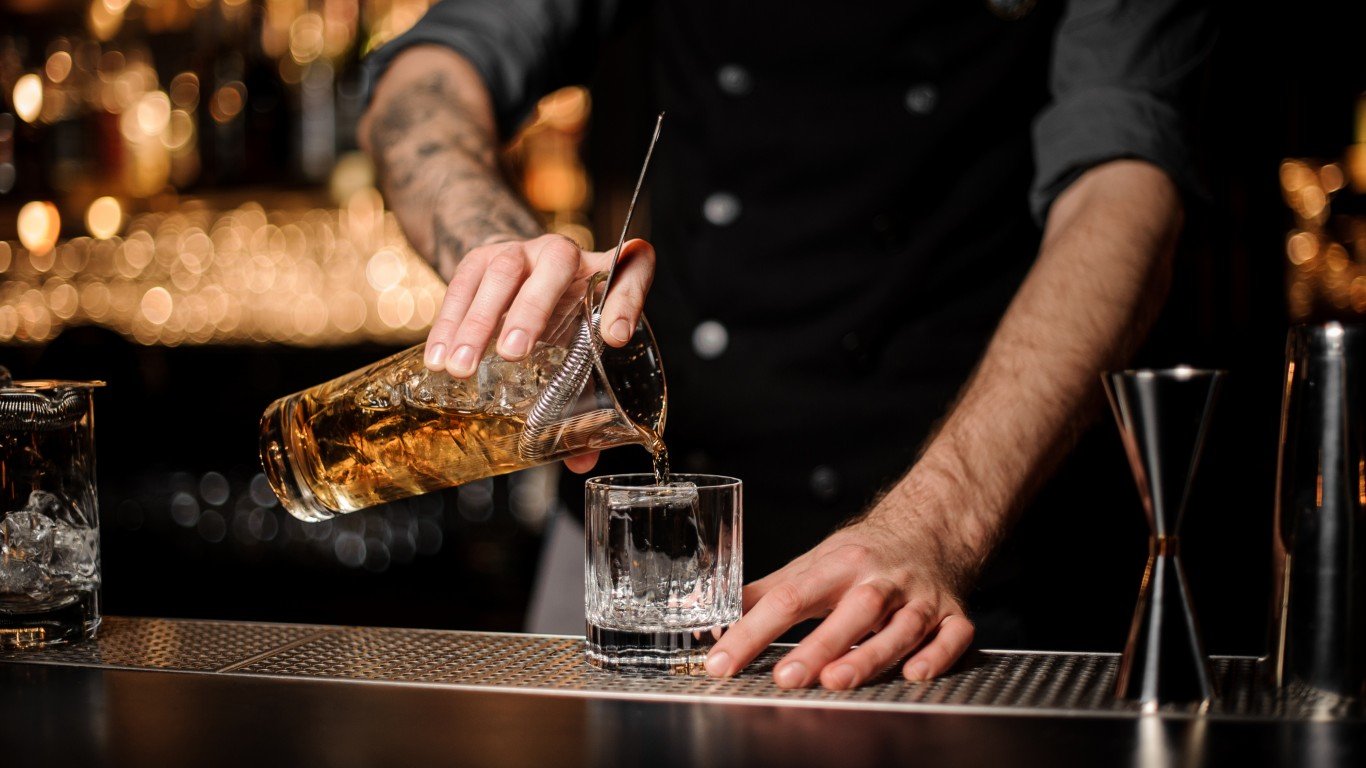
- Strength (ABV): 46%
- Price (may vary): $48
This is a single malt Irish, distilled in small batches and aged in Bourbon and sweet Sherry casks. Higher in alcohol than most of its peers, it’s hot on the palate when tasted neat, but cools nicely when an ounce or so of room-temperature water are added. It’s nicely aromatic, with hints of candied orange peel — and it comes in a particularly beautiful bottle.
Knappogue Castle 12-Year-Old Single Malt
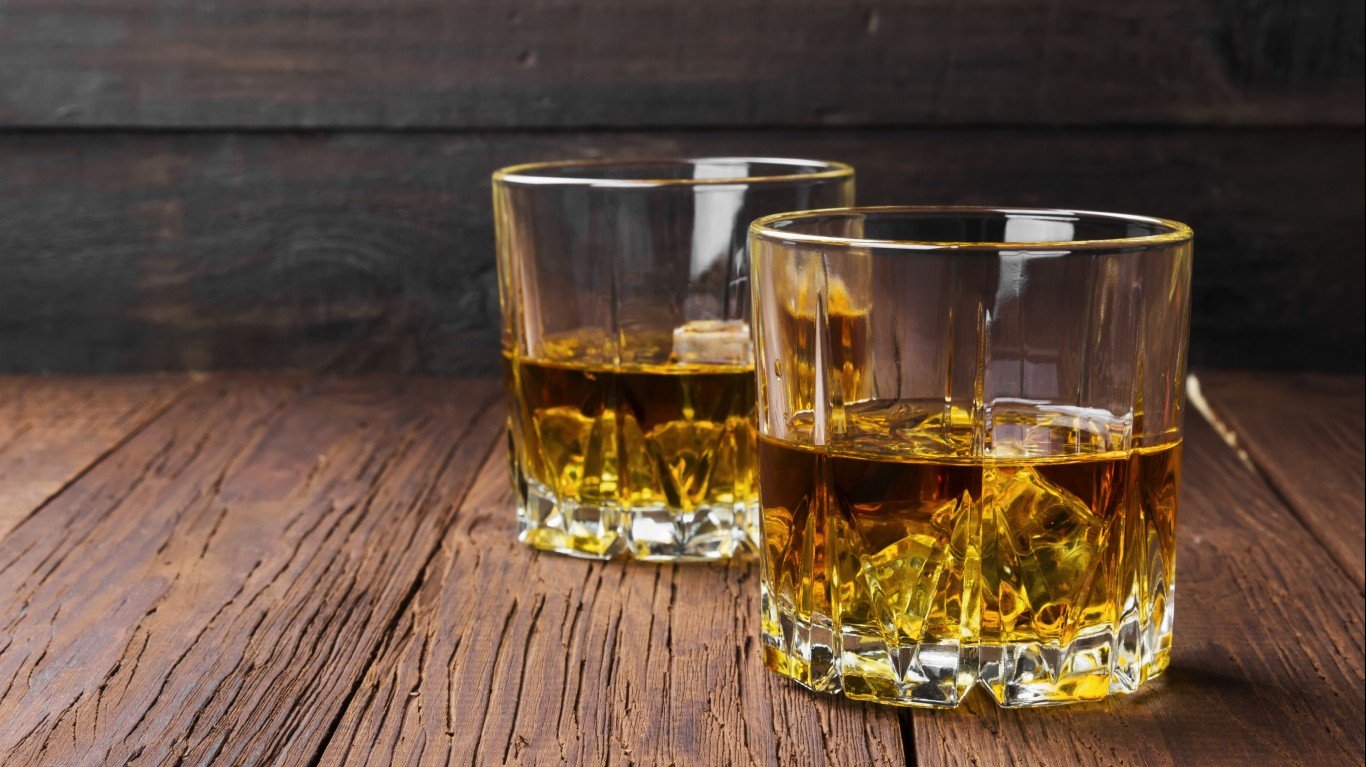
- Strength (ABV): 40%
- Price (may vary): $50
A classic Irish, light and seductive, with a character of fresh herbs and citrus in the aroma, and a lightly sweet, slightly spicy finish.
Bushmills 12-Year-Old Single Malt
- Strength (ABV): 40%
- Price (may vary): $62
Smooth and rich, this one draws both its dark coppery color and its nutty aroma from aging in oloroso Sherry casks, and fills the mouth with smooth, honeyed elegance.
Green Spot
- Strength (ABV): 40%
- Price (may vary): $70
The least expensive of the five “Spot” whiskeys (the others are Yellow, Red, Blue, and Gold) produced for the venerable Dublin wine and spirits merchant Mitchell & Son, this is nonetheless top-shelf stuff, fresh and spicy, with a flavor blending fruit and oak.
Connemara Peated Single Malt
- Strength (ABV): 40%
- Price (may vary): $77
The smoky character gained from drying malting barley over peat fires is a signature of Scotland’s single malts, but is rare in Irish whiskey. This one is atypical both because it’s peated and because it’s distilled only twice instead of the usual three times — but it’s excellent nonetheless, with plenty of smoke but also some floral notes in the aroma, and a pleasing richness on the palate.
Method & Madness Single Pot Still
- Strength (ABV): 46%
- Price (may vary): $98
Like the Limavady Single Barrel, this is a reasonably potent whiskey in an attractive bottle. It comes across a little milder on the palate than the Limavady, though, after an attractive fruity nose, and delivers an earthy, spicy flavor.
Redbreast 12-Year-Old Single Pot Still Cask Strength
- Strength (ABV): 55.80%
- Price (may vary): $130
Redbreast is a favorite among Irish whiskey connoisseurs in general, and this particular expression, bottled at a considerably higher ABV than usual, is just a masterpiece — lush and sweet and perfectly in balance, with the extra alcohol helping to define, rather than outweigh, the fruit and oak and honey in the flavor.
Writers Tears Japanese Cask Finish
- Strength (ABV): 55%
- Price (may vary): $140
Here’s a real premium whiskey, a potent, wonderfully complex single malt, single barrel Irish, finished in Mizunara oak from Japan, which lends it a vividly spicy, herbaceous character resolving into a superbly long and delicious finish.
Midleton Very Rare Vintage Release 2023
- Strength (ABV): 40%
- Price (may vary): $390
Sheer luxury, meant to be sipped and savored like the finest Cognac. The nose offers an abundance of fruit (close your eyes and imagine apples, peaches, canteloupe), and in the mouth, it’s superbly smooth and complex, with spice and fruit and a honeyed finish. (If you want something to accompany your Irish whiskey, you might like to see a culinary tour of Irish foods perfect for St. Patrick’s Day.)
